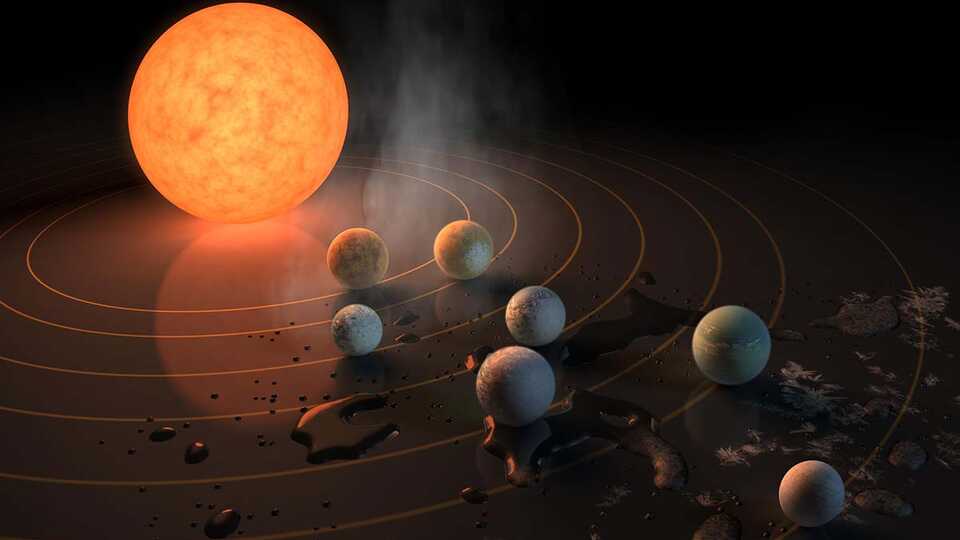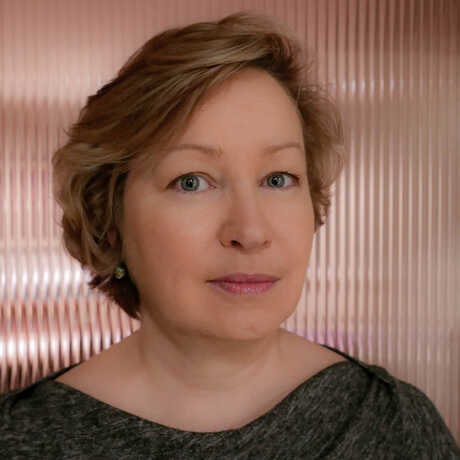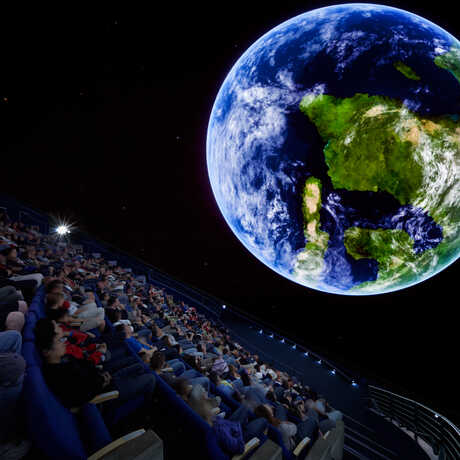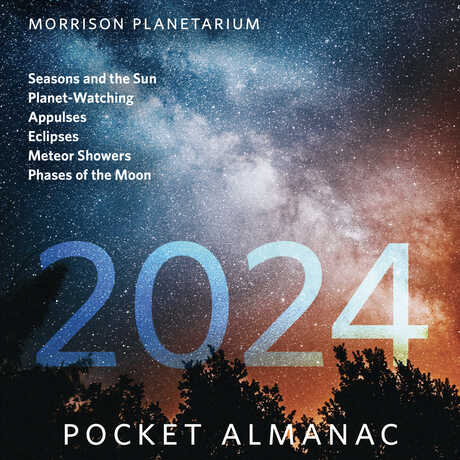$15 per guest Member and senior price: $12. Discount applied after login.
Seating is limited and advance reservations required. To order by phone, call (877) 227-1831.

The TRAPPIST-1 system, discovered in 2016, contains seven Earth-size planets, four of which reside in the habitable zone of their star where temperatures might allow liquid water to exist.
The Search for Living Worlds Beyond the Solar System
Monday, April 4, 2022
7:30 pm
Morrison Planetarium
Featuring Victoria Meadows, University of Washington
One of the grandest and most enduring questions in human history has been whether we are alone in the Universe. While previous generations could only speculate about the possibility of life around other stars, in the coming decades NASA will develop and deploy the telescopes required to begin exploring the environments of distant worlds. But getting these challenging observations alone is not enough - we also need an improved understanding of what we should be looking for, and how we might interpret what we observe. In this talk Dr. Meadows will highlight work being done by her NASA Virtual Planetary Laboratory team to guide this search - including understanding the factors that lead to a planet being able to support life, and how we might recognize and assess signs of alien life on a distant world. She will also provide an overview of current and upcoming NASA space telescopes, and discuss their potential for exploring living worlds beyond our Solar System.

Dr. Meadows is a Professor of Astronomy and the Director of the Astrobiology Program at the University of Washington in Seattle. Since 2001 she has been the Principal Investigator for the NASA Virtual Planetary Laboratory Team. She has worked at NASA's Jet Propulsion Laboratory and Caltech as a Hubble Space Telescope Wide Field and Planetary Camera -2 Science Team Member, and as the Solar System Observations scientist for the Spitzer Space Telescope.
Dr. Meadows’ primary research interests include planetary astronomy - especially of the Earth and Venus - and using modeling and observations to determine how to recognize whether a distant extrasolar planet is able to harbor life or has life on it. Her Virtual Planetary Laboratory team develops innovative computer models that can be used to understand the how terrestrial planets form and evolve, and how their interactions with their parent star and other planets affect whether or not they are able to support life. These models are being used to understand how we will interpret future telescopic measurements of extrasolar planets as we search for life beyond the Solar System.
Dr. Meadows is the recipient of the SETI Drake award for her pioneering work in exoplanet astrobiology, and a Fellow of the American Astronomical Society. Dr. Meadows was a science advisor for the Academy’s planetarium show, Living Worlds, and her team provided most of the spectral data that appear in the show.
From outer space to Earth's inner core, explore the universe from Morrison Planetarium's 75-foot digital dome.

Download Morrison Planetarium's 2024 Pocket Almanac to stay up-to-date on eclipses, meteor showers, satellite spottings, and more.
